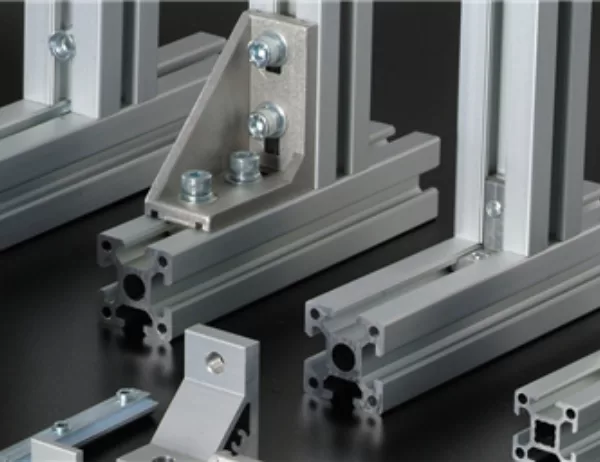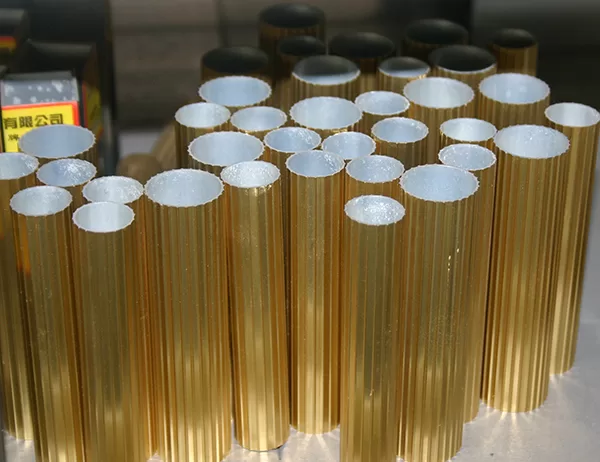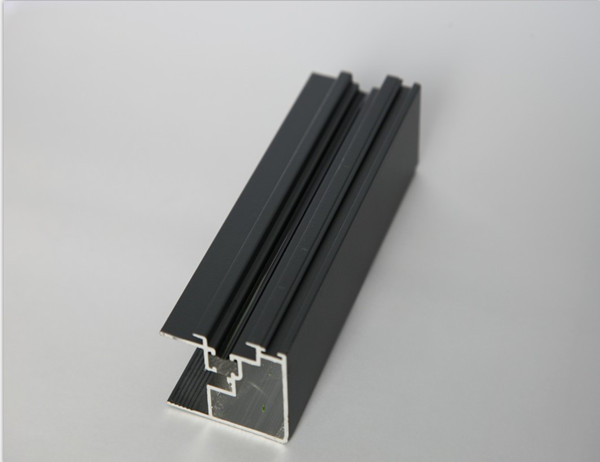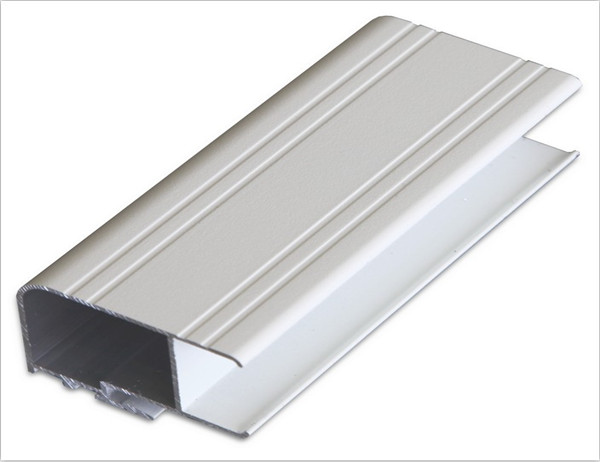In the realm of thermal management, the aluminum heat sink stands as a beacon of efficiency. Its ability to dissipate heat effectively is paramount in optimizing the performance of countless electronic devices. To further augment this already formidable heat transfer prowess, surface treatments emerge as an innovative frontier.
One such treatment, anodizing, bestows upon the heat sink’s surface a protective oxide layer. This layer not only enhances durability but also dramatically increases the surface area available for heat exchange. The resulting labyrinthine structure acts as a sponge for thermal energy, absorbing vast amounts of heat.
Another promising technique is nickel plating. By electrochemically depositing a thin layer of nickel onto the heat sink’s surface, its conductivity is significantly amplified. Nickel’s superior thermal properties allow heat to flow more rapidly through the heat sink, effectively reducing its temperature.
For environments demanding exceptional thermal performance, black anodizing holds the key. This treatment imparts a deep black finish to the heat sink, significantly increasing its solar absorptivity. The resulting heat sink becomes an adept scavenger of thermal energy, readily absorbing heat from both internal electronic components and external ambient sources.
However, it is not just the addition of materials that enhances heat sink performance. Certain surface treatments involve removing surface irregularities. Chemical etching, for instance, employs chemical agents to selectively dissolve microscopic imperfections. The resulting smoother surface facilitates more efficient laminar flow of air, reducing air resistance and enhancing convective heat transfer.
By carefully tailoring surface treatments to specific applications, engineers can unleash the full potential of aluminum heat sinks. These treatments not only improve heat dissipation but also extend their lifespan, making them an indispensable component in the quest for optimal thermal management.




